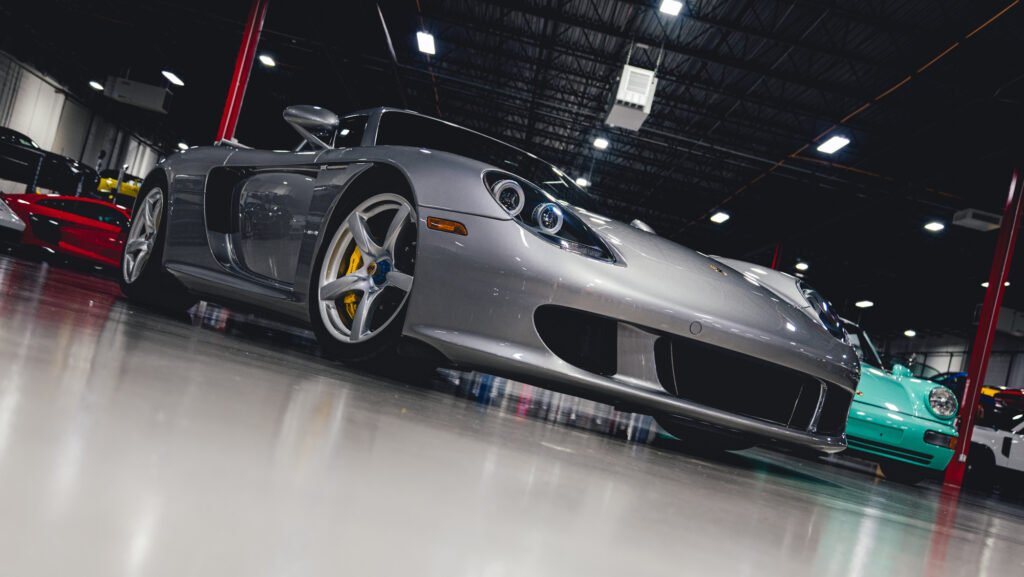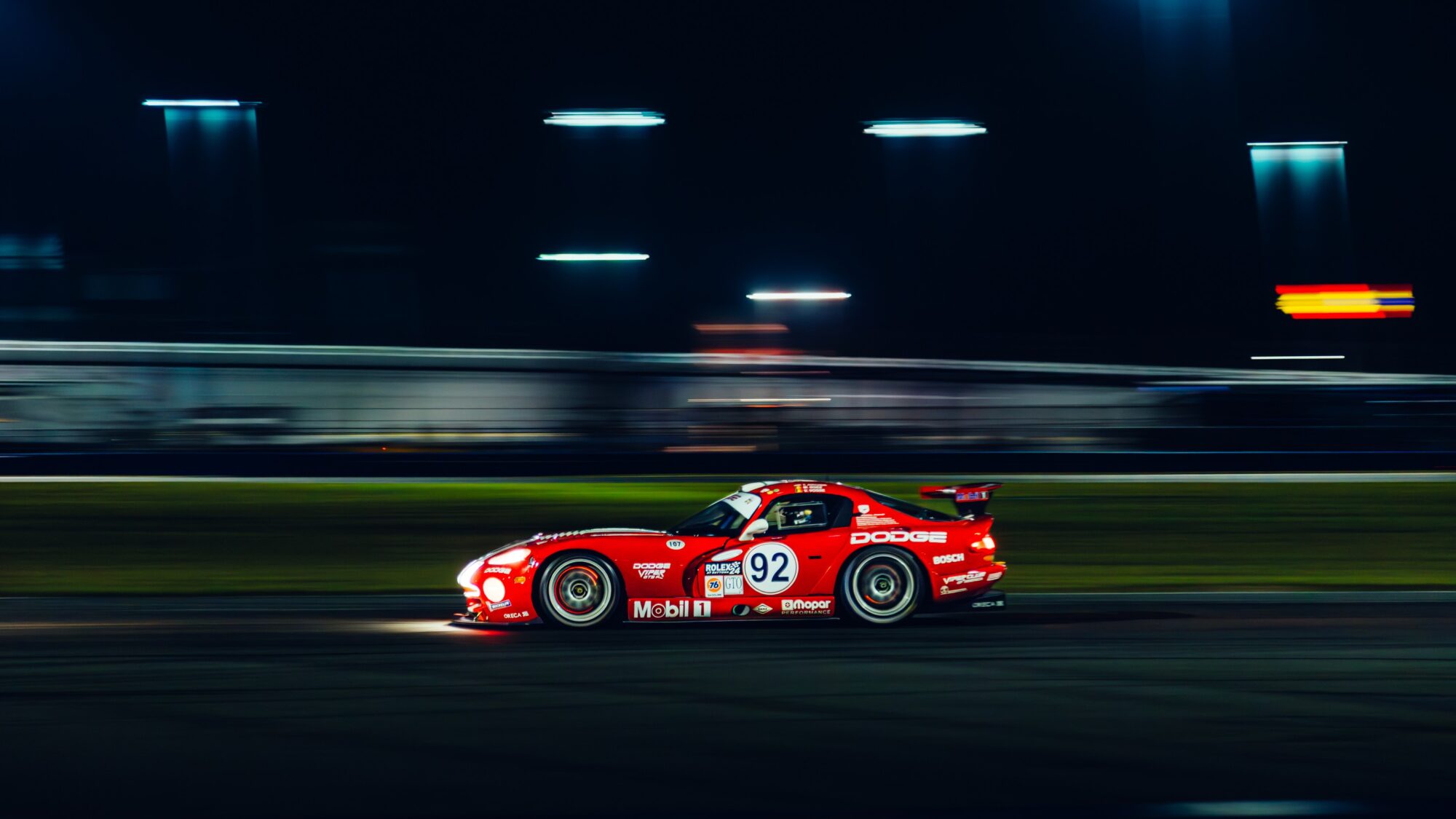
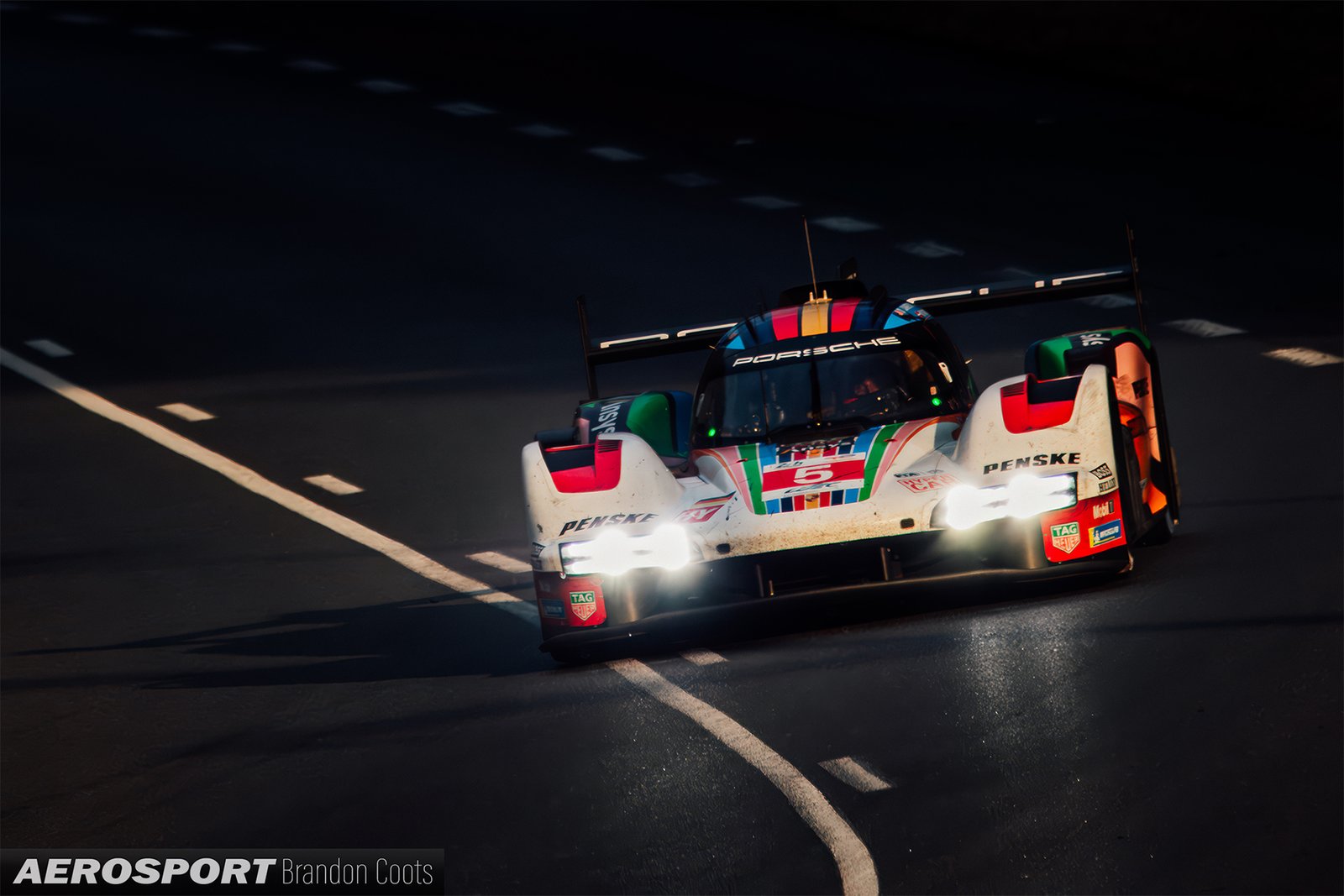
Le Mans is more than just a race; it’s a cornerstone of motorsport history. Whether you’re into IndyCar, Formula 1, or any other racing discipline, all roads lead back to Circuit de la Sarthe. The 24 Hours of Le Mans stands above all, with its unparalleled heritage and profound influence on automotive technology. From rear wings to hybrid technology, turbochargers, fuel injection, and disc brakes, countless innovations have emerged from this legendary race since its inaugural event in 1923.
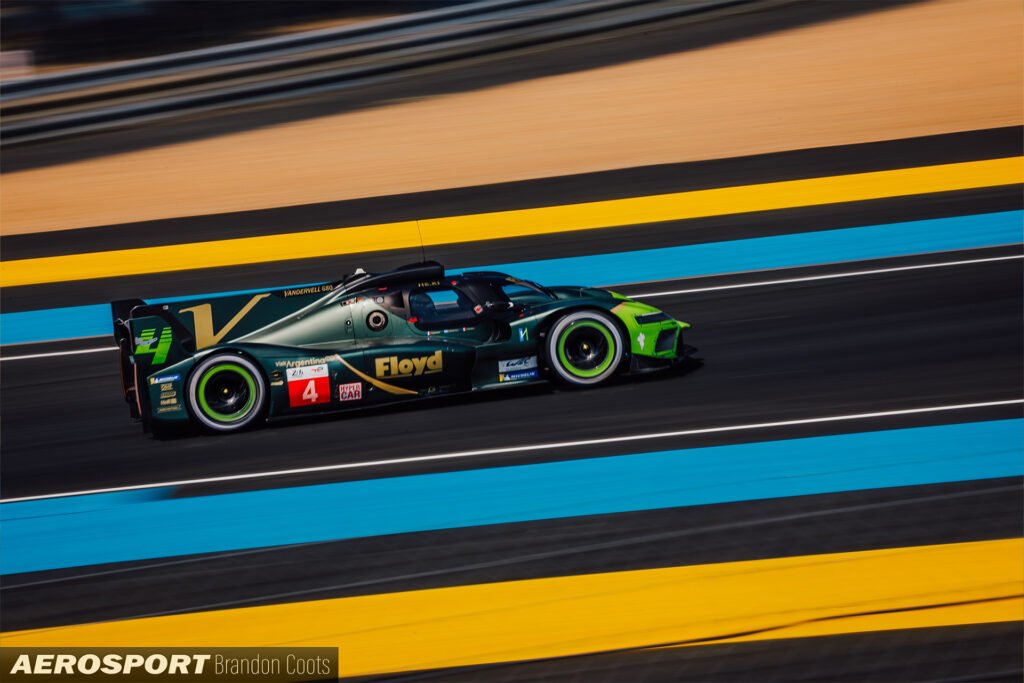
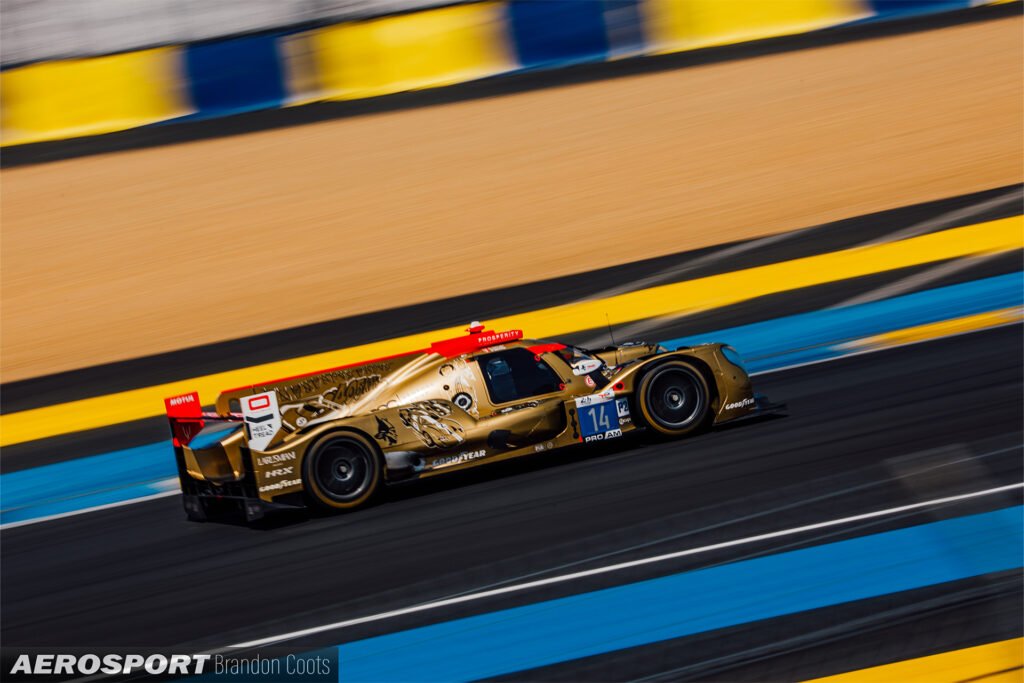
This year marked the 100th anniversary of the greatest endurance race in the world—a fitting occasion to celebrate what is often called the “race of the century.”
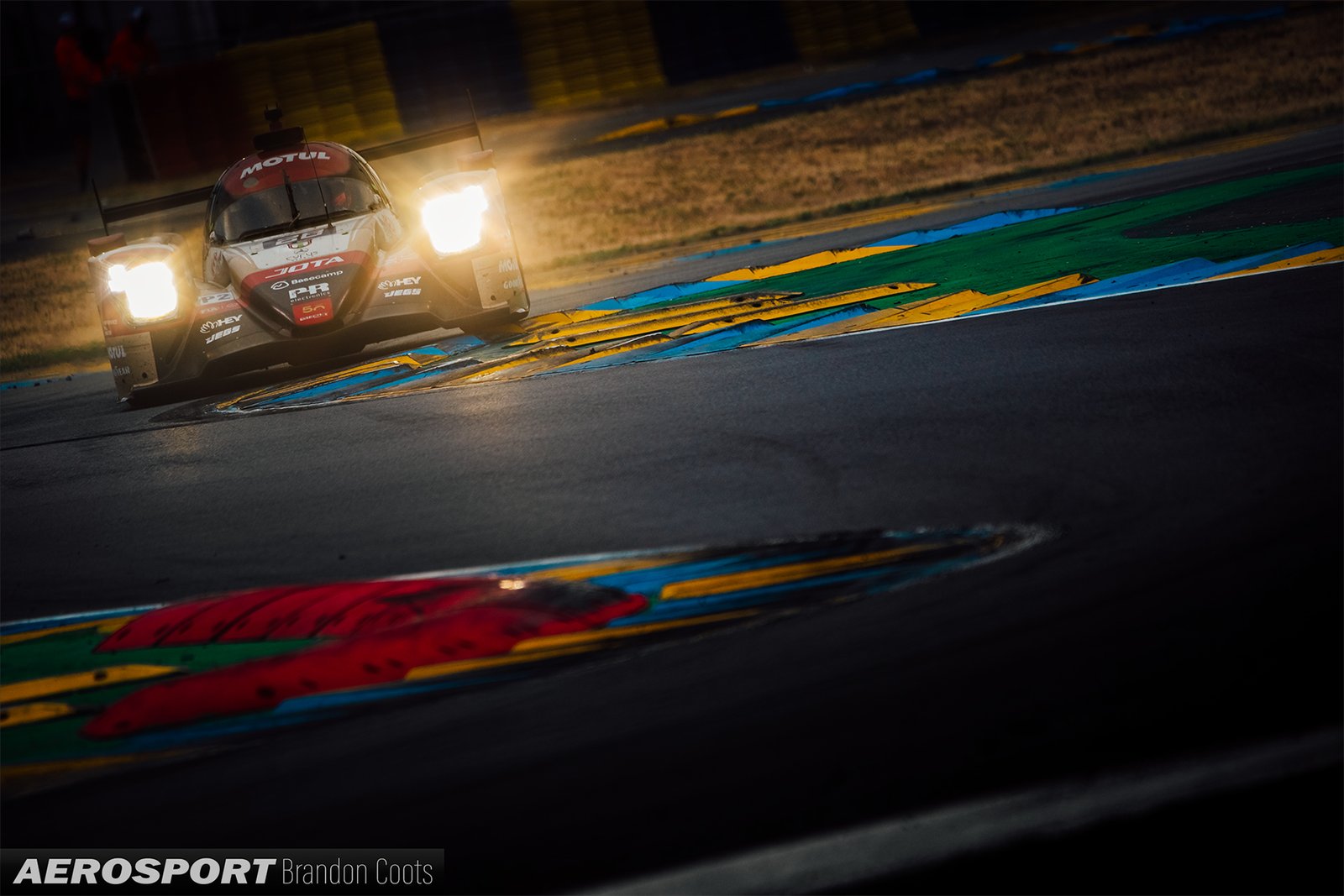
As the race weekend unfolded, the Circuit de la Sarthe’s 13.6 km (8.5 miles) layout transformed into a grand stage for manufacturers like Porsche and Ferrari, where their legacies were born. For me, having covered multiple endurance events, including multiple Daytona 24 Hours, Le Mans was on an entirely different level. The sheer scale, both in terms of the event and its history, is unlike anything else in motorsport.
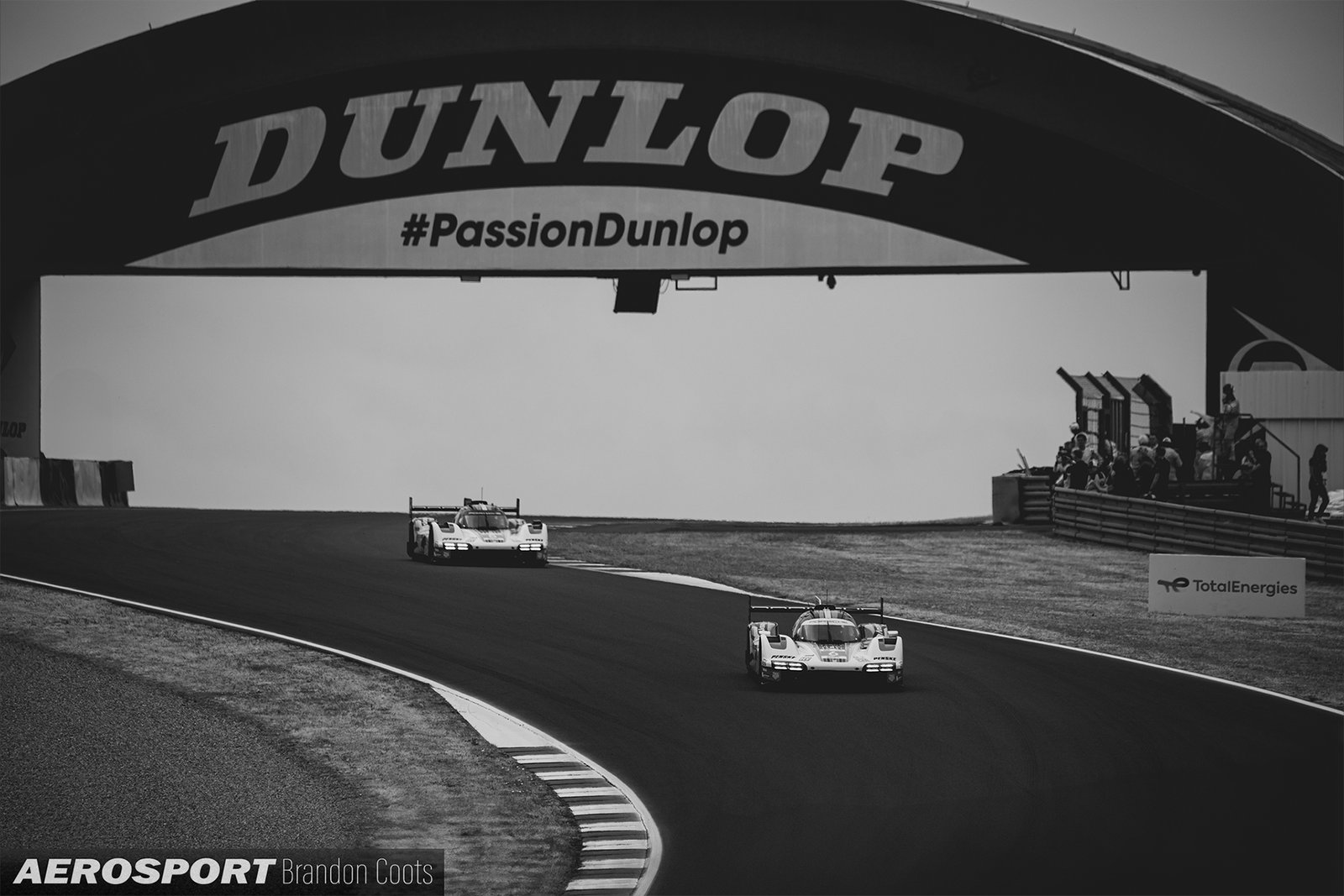
Arriving at the circuit for the centenary event, you could feel the significance in the air. A sold-out crowd of over 325,000 fans from around the world, an unprecedented turnout flooded the grandstands and paddock. The buzz was electric. The event opened with a historic parade of past Le Mans, race winning cars and a demo lap featuring the new Bugatti Bolide, setting the stage leading up to the race.
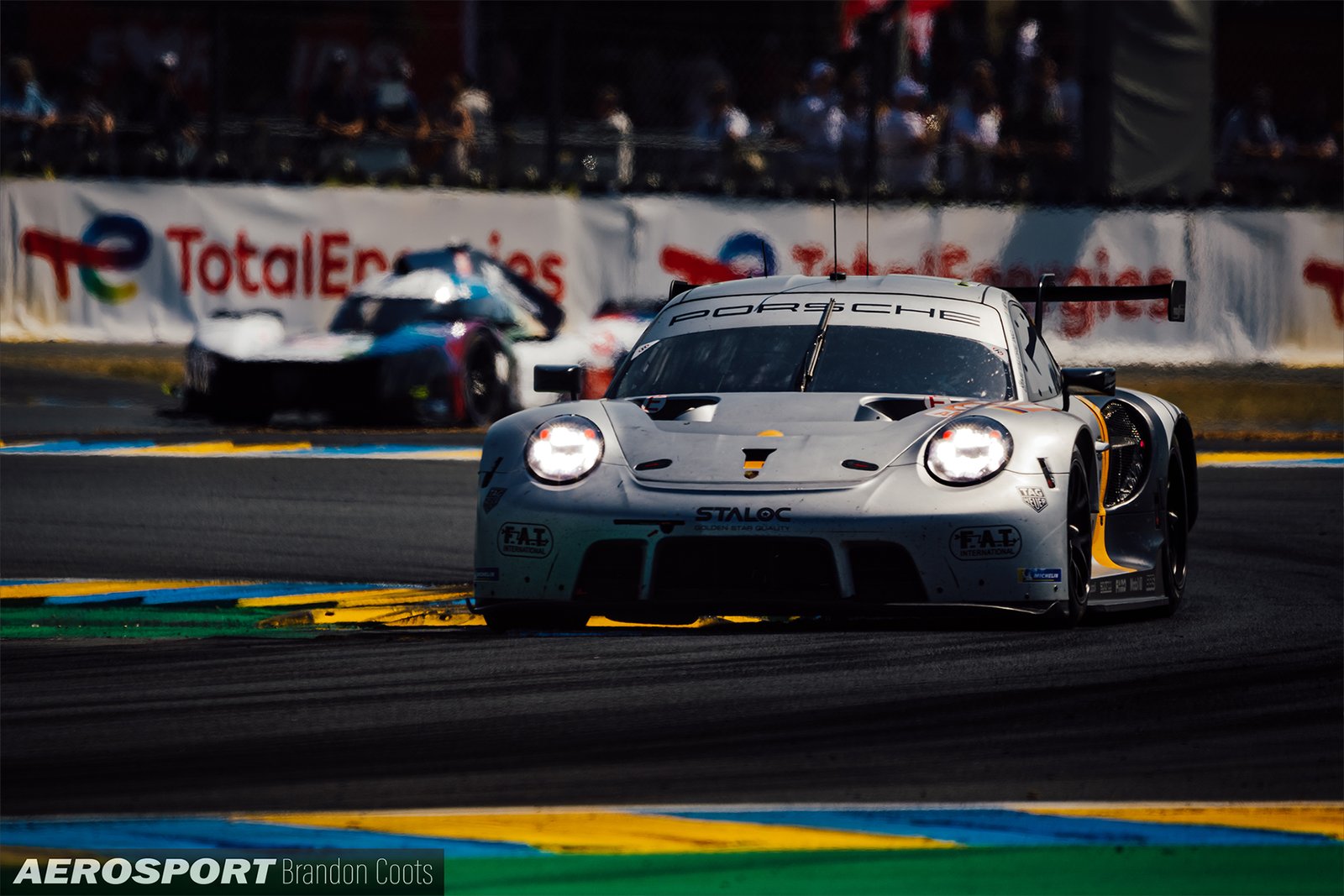
Once the racing began, however, it became clear that the massive crowds posed a challenge for photography. With packed grandstands, I quickly realized my 600mm lens wouldn’t be much use in the space. This led me to venture out to the Indianapolis section of the track earlier than expected.
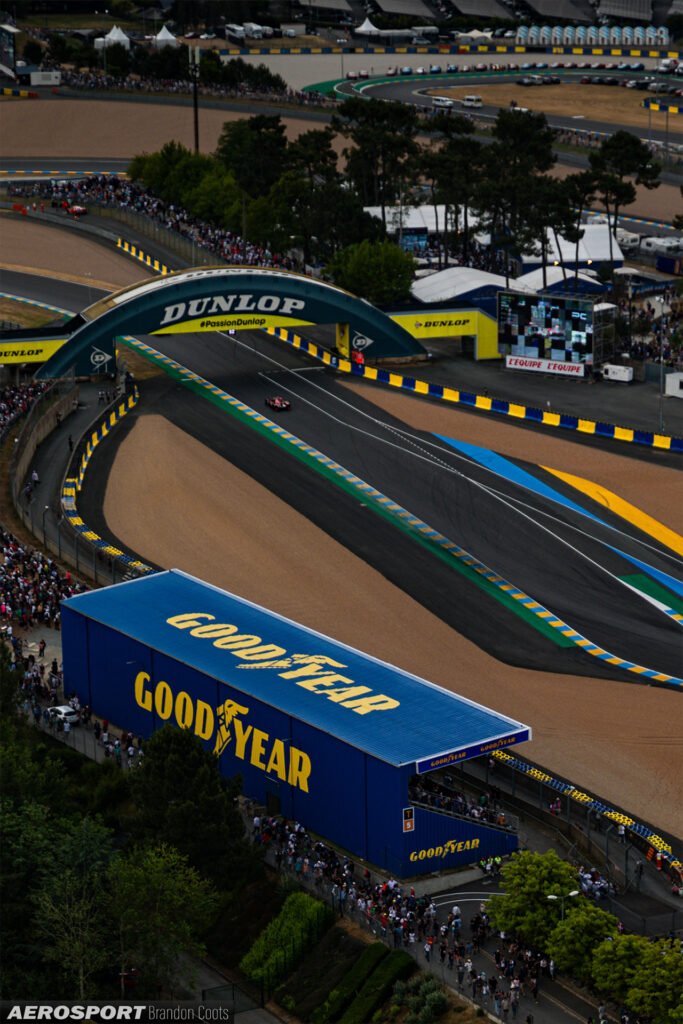
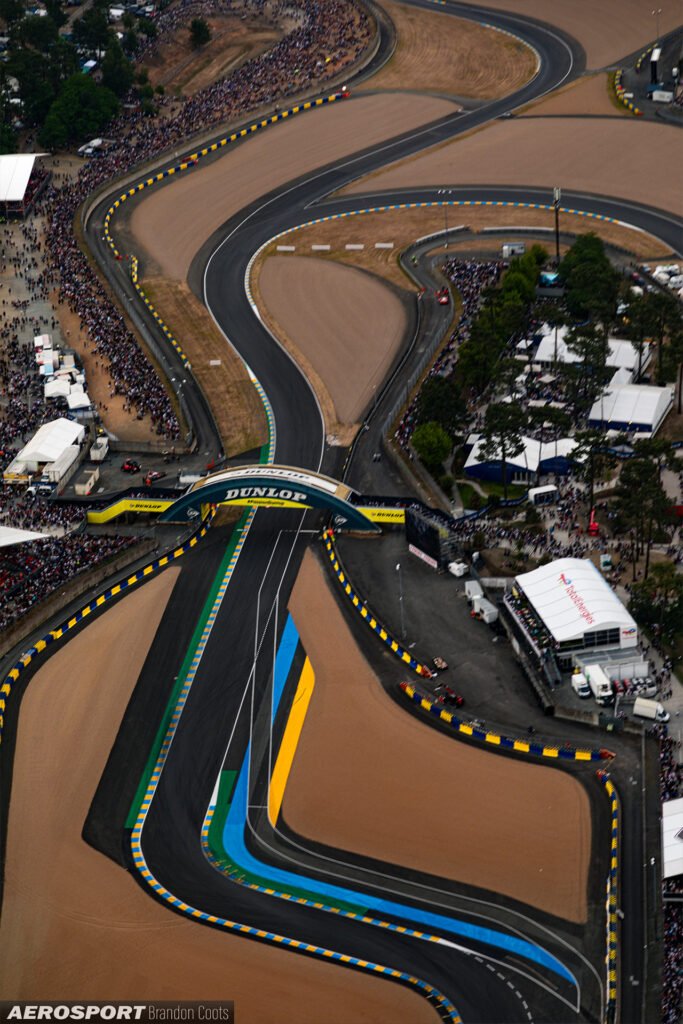
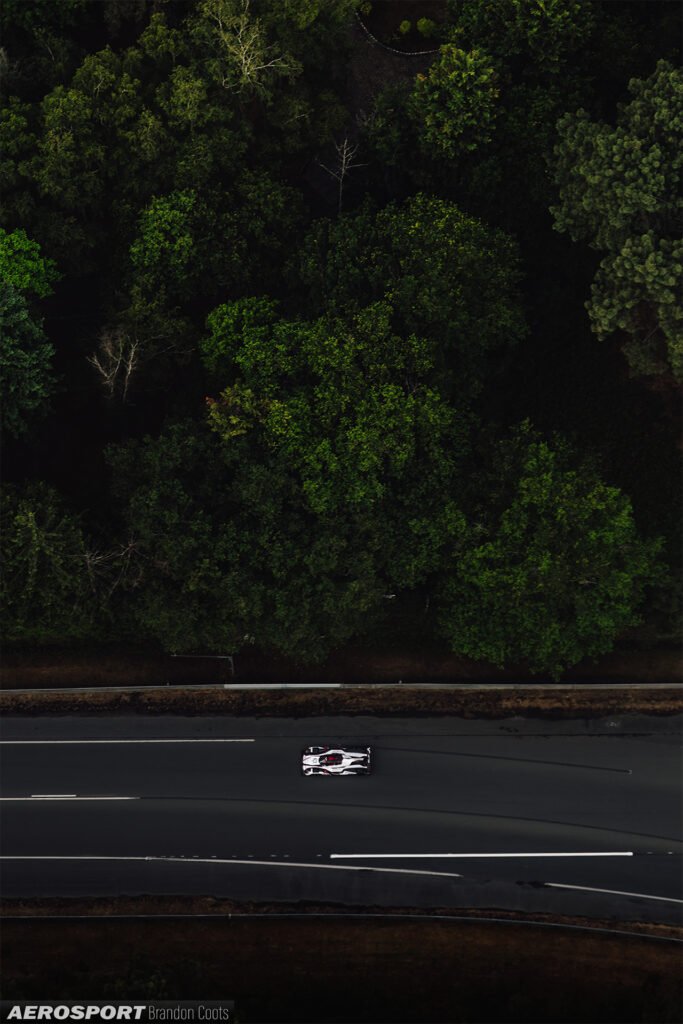
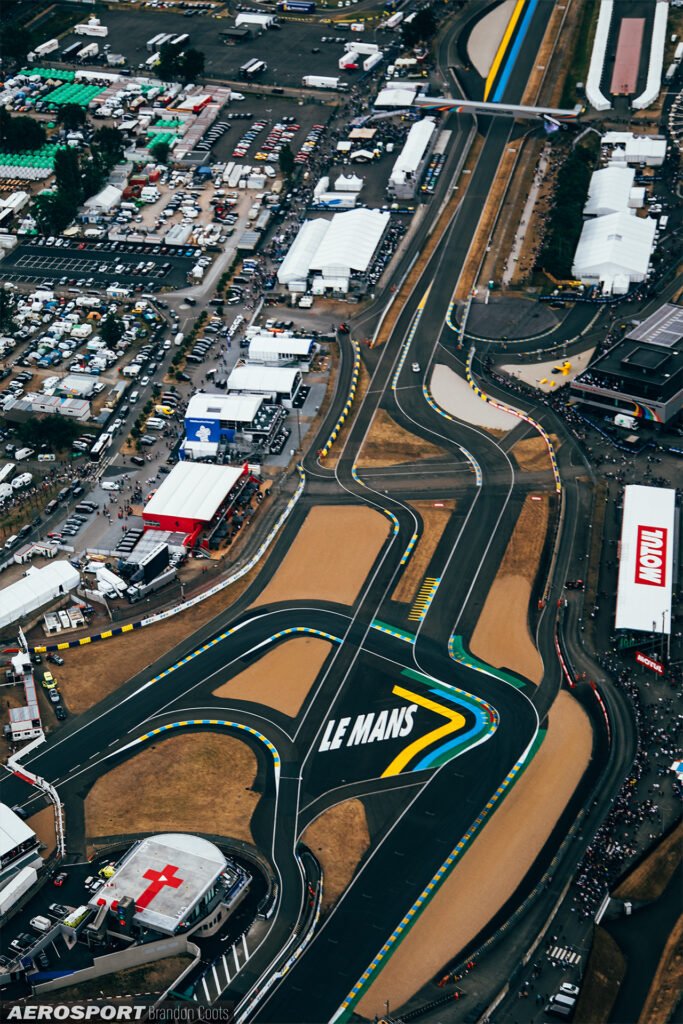
One of the unique aspects of Le Mans is its unpredictability. Navigating the circuit is often a challenge, and with language barriers and vague directions from staff, getting around can feel like a wild journey. At one point, I stumbled upon a helicopter tour offering a bird’s-eye view of the track. It was an opportunity too good to pass up. Though capturing images from the air while battling intense rotor turbulence proved difficult, the shots turned out surprisingly well considering the circumstances. After the tour, I found myself trudging back through rain-soaked French countryside roads before finally reaching the shuttle to Indianapolis and Arnage.
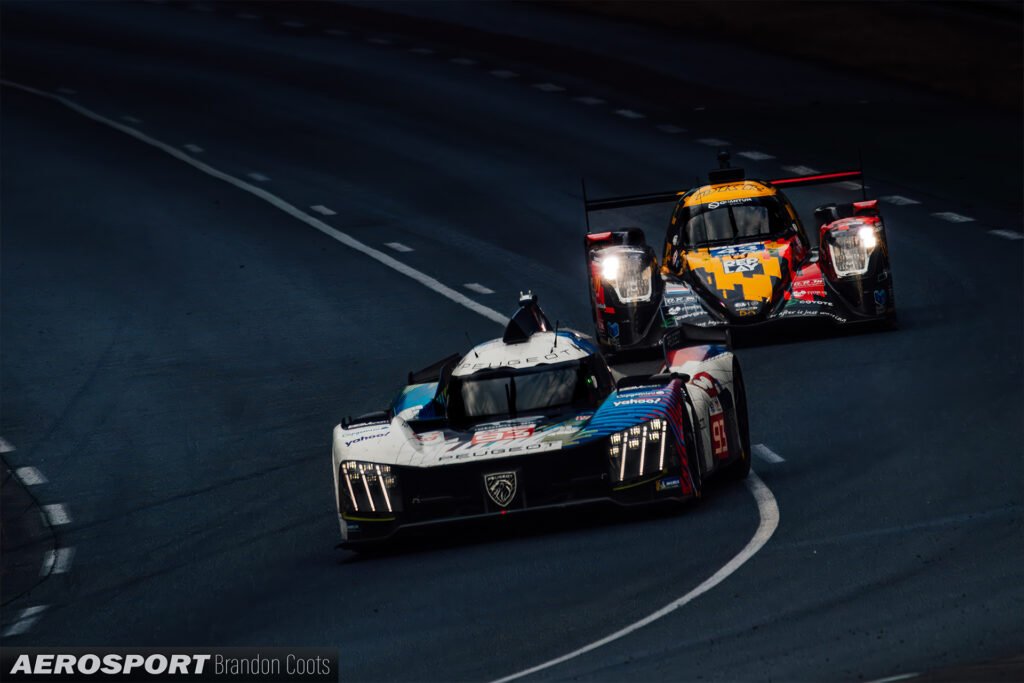
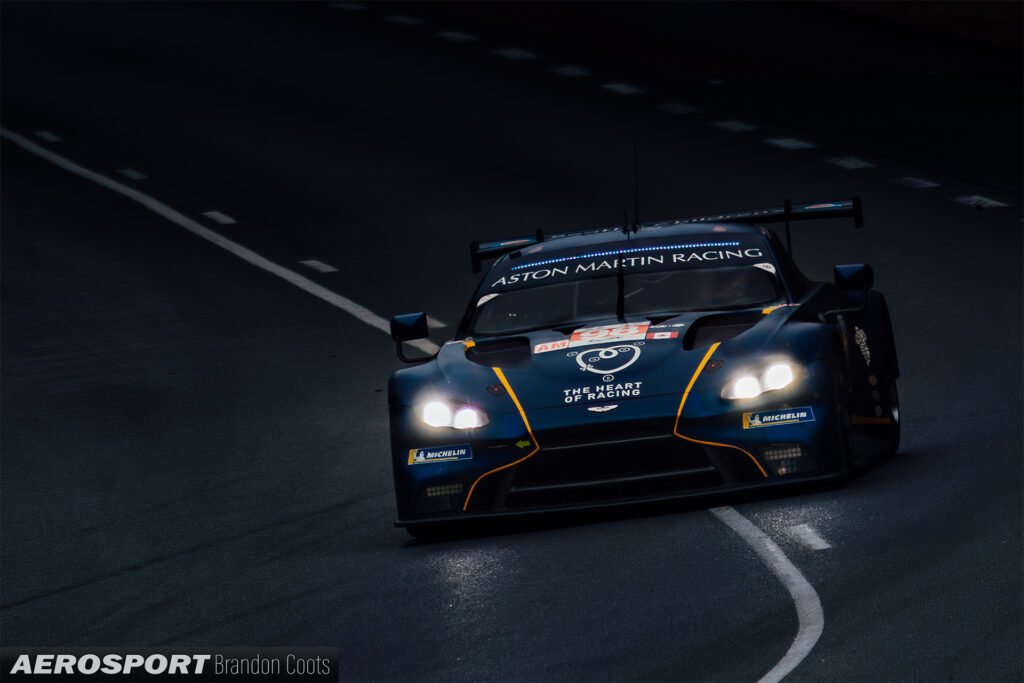
After a two-hour wait, it was worth it. Watching the cars approach at full speed into one of the fastest corners on the circuit was an unforgettable experience on its own. This is something everyone should witness at least once, the sheer speed is unimaginable.
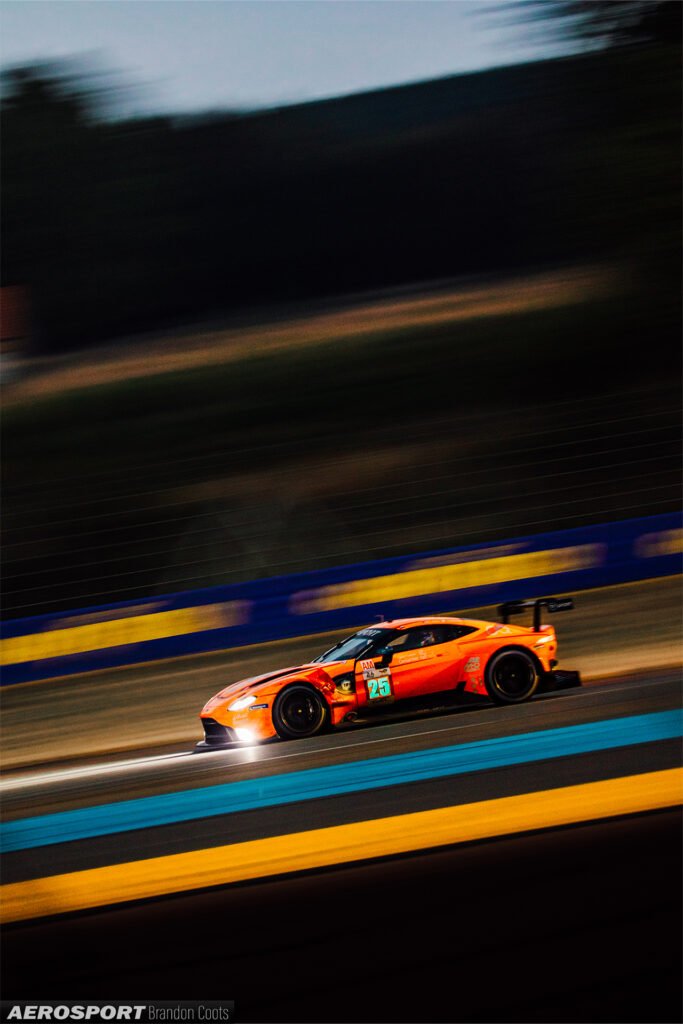
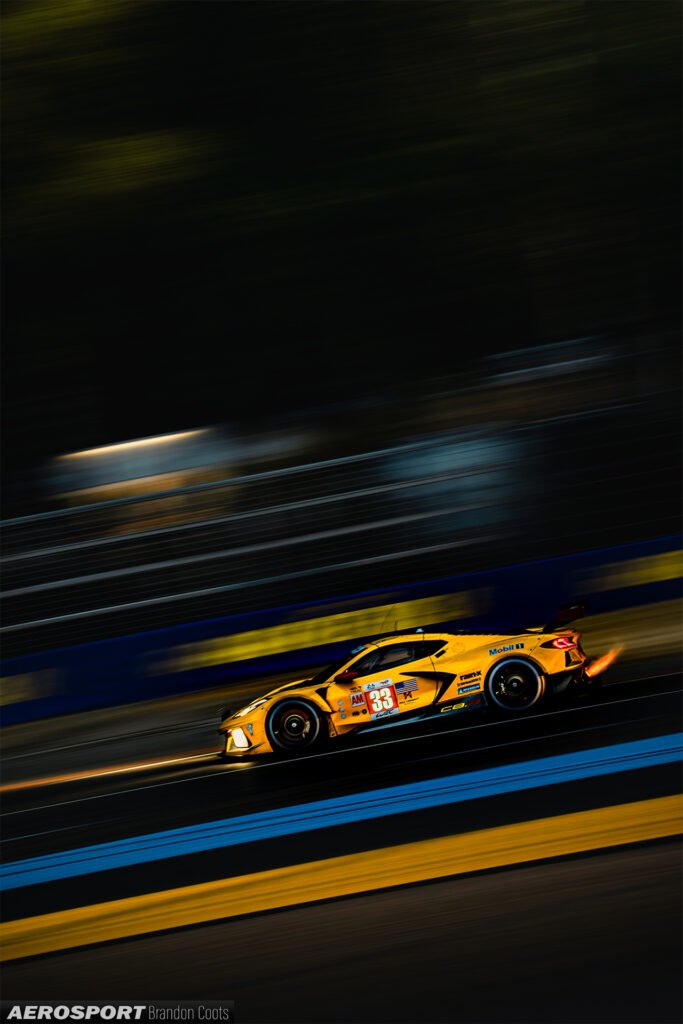
As midnight approached, the rain posed an almost inevitable presence at Le Mans. It was time to head back to the 24h village for a quick meal. By 4 a.m., I was back on the track, this time at the Ford Chicane, catching cars roaring wide onto the start/finish straight, their exhausts spitting flames after running hard for 13 hours.
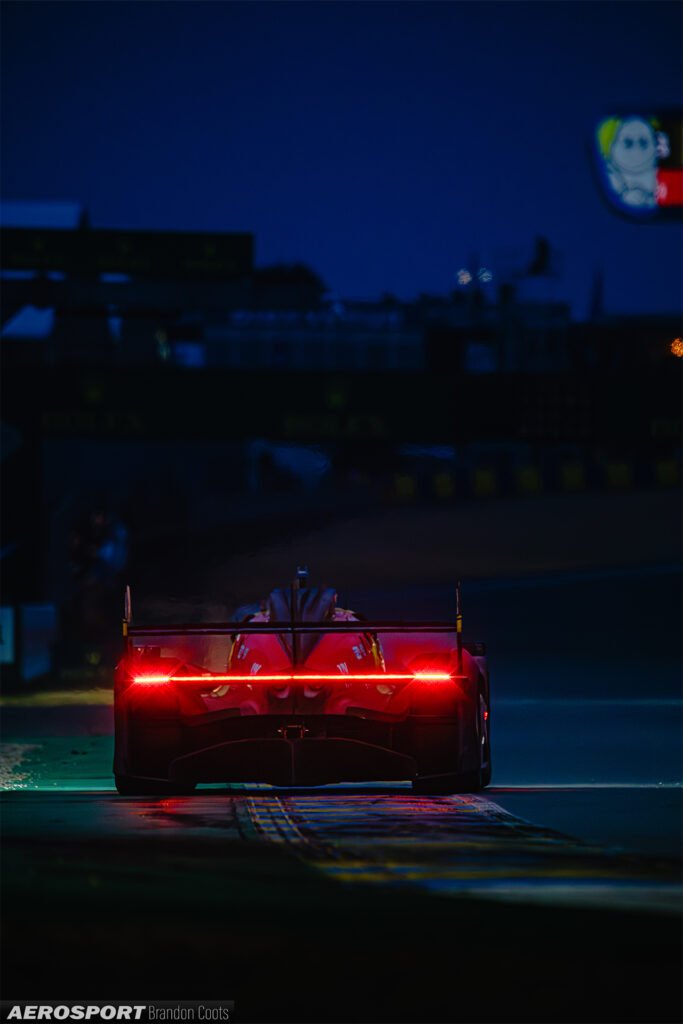
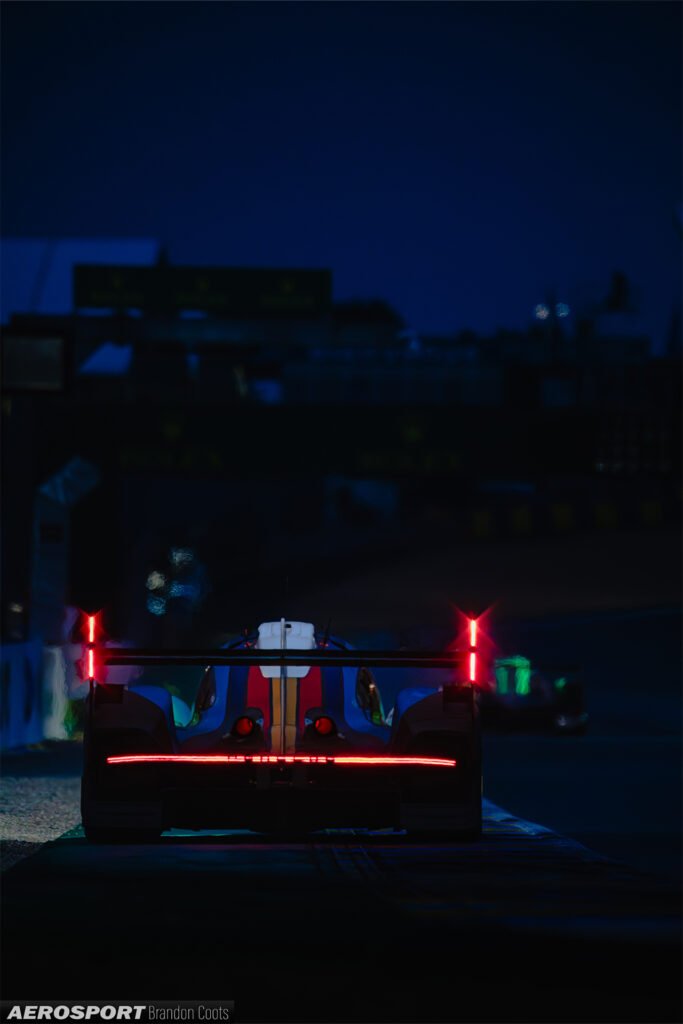
On the walk to the Porsche Curves, I caught a glimpse of the Porsche Experience Center and its display of a 961, one of my all-time favorite cars. It was a unexpected moment amidst the chaos of the race. Finally reaching the Porsche Curves, I found one of the most picturesque spots on the circuit. It encapsulates everything that makes Le Mans special: the public roads, the natural depth of the French countryside, and the incredible speed of the cars hurtling through one of the most challenging sections of the track.
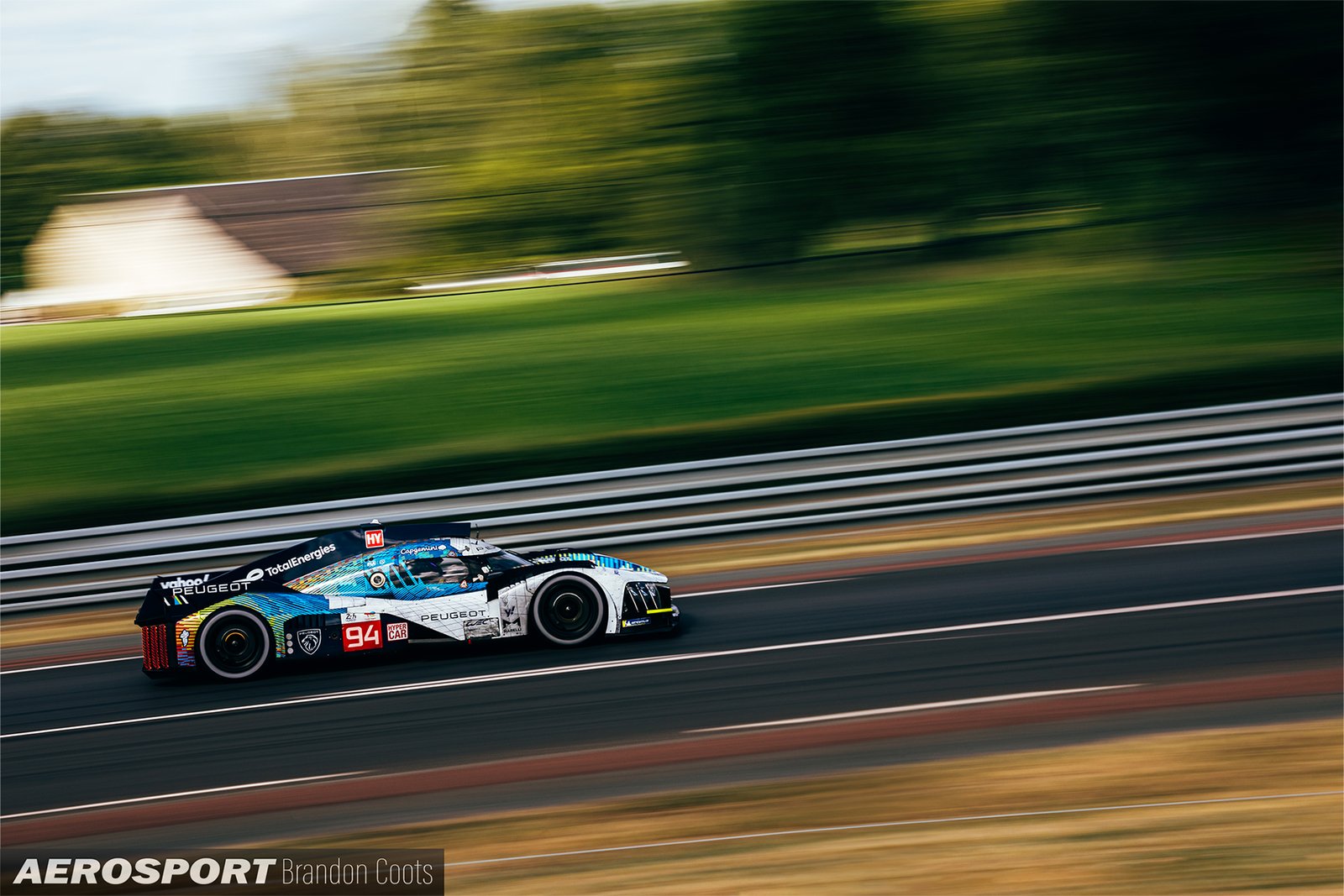
As the race wound down to its final hours, it was Ferrari’s #51 499P that took the overall victory, marking the team’s first Le Mans win since 1965. The moment was historic, and the atmosphere was electric as Ferrari celebrated a triumphant return to endurance racing’s highest podium.
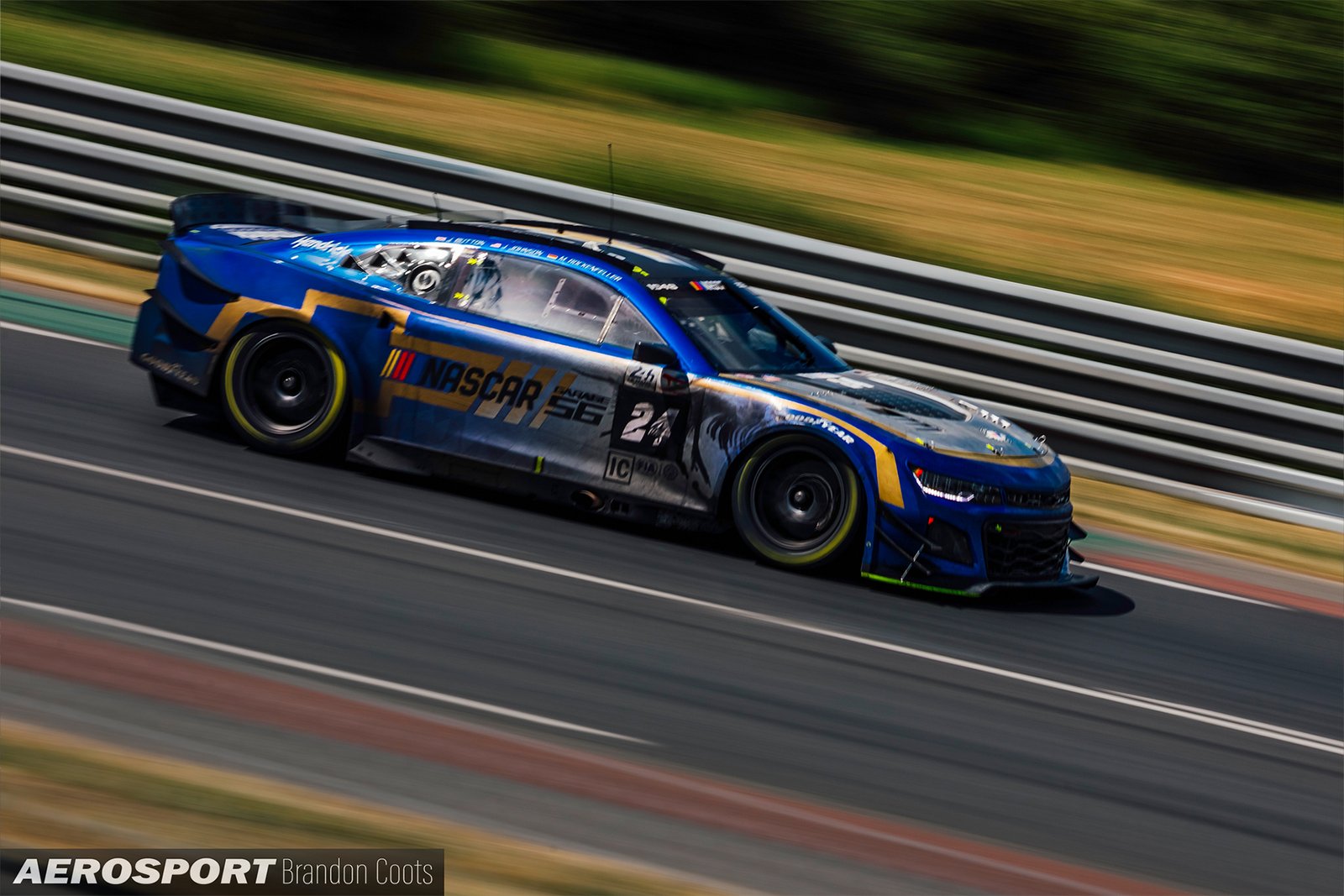
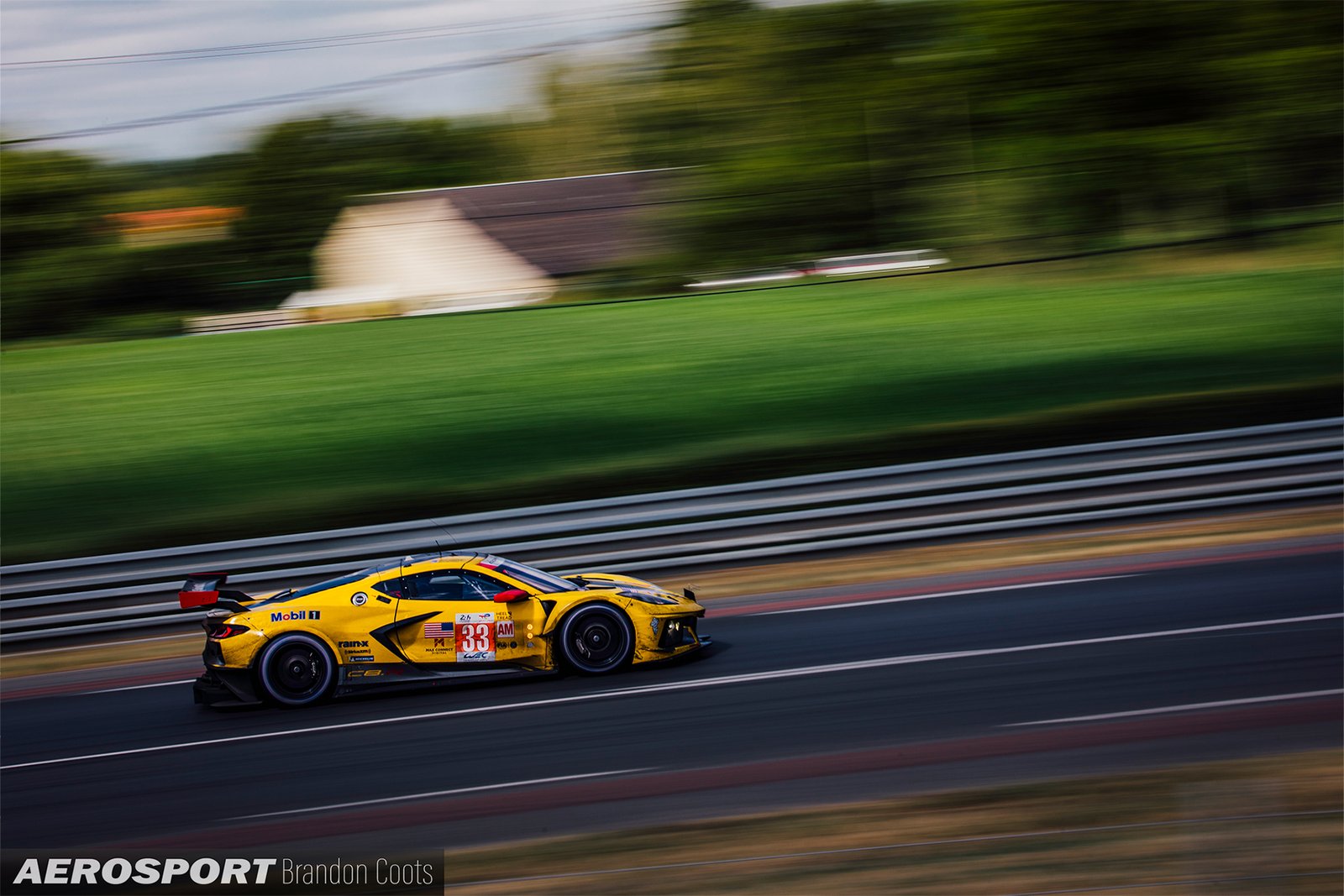
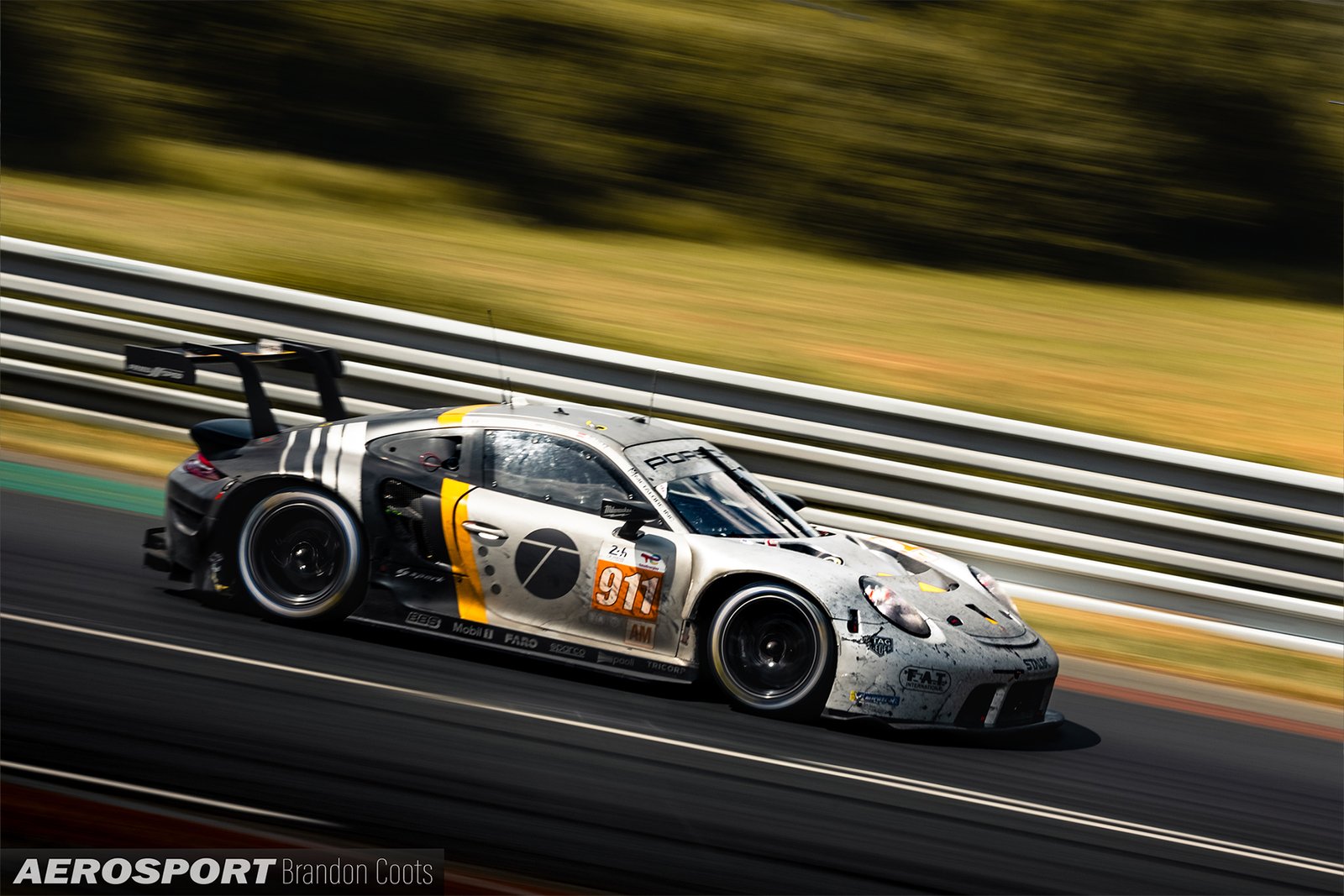
Le Mans 2023 was more than just a race, it was an experience like no other. For all my time covering endurance events, this was the most challenging, not only from a logistical standpoint but also from the sheer awe of being at such an iconic event. Everywhere I turned, history loomed large, and it was easy to get swept up in the magic of the place. Daytona may be big, but Le Mans is in a league of its own. I’ll undoubtedly be back, hopefully with even better shots, and maybe even for the Le Mans Classic.


